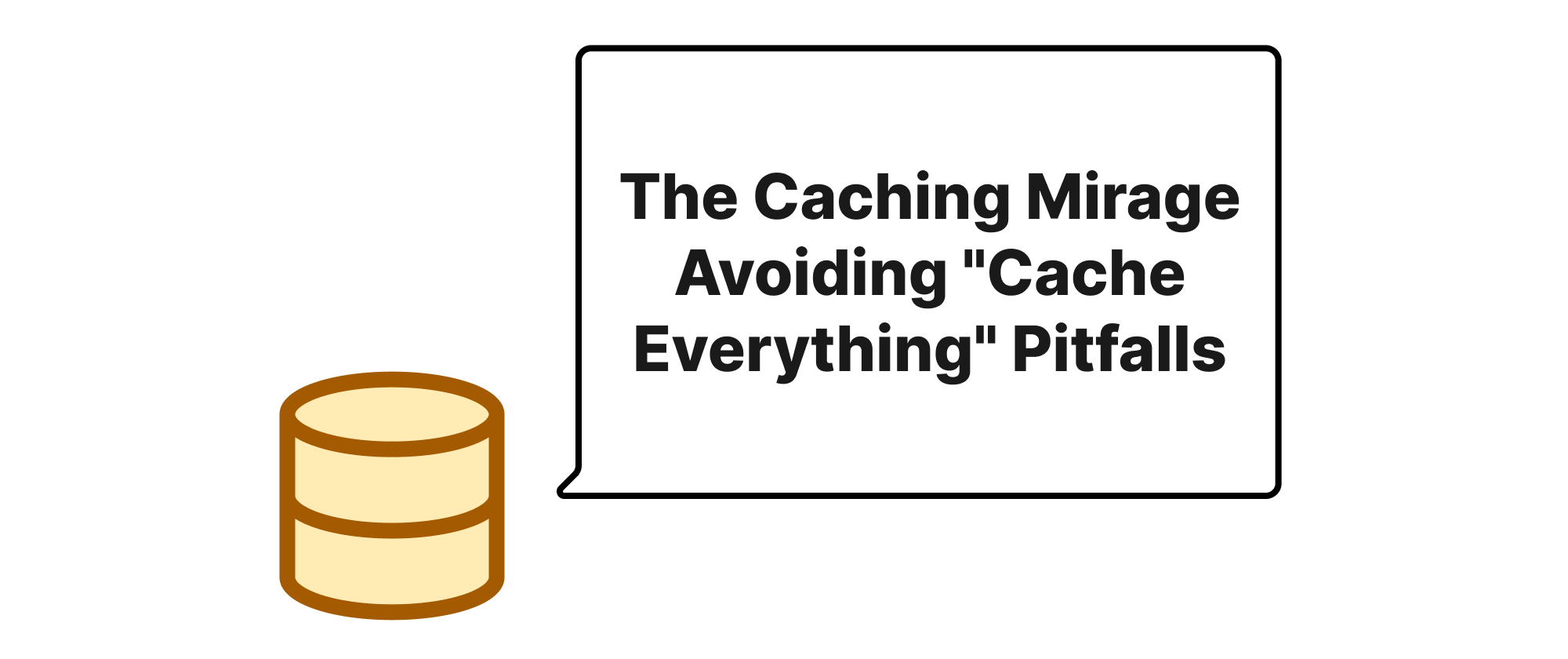TimescaleDB's Time-Series Advantage Over Native Partitioning and Indexing
Ethan Miller
Product Engineer · Leapcell

Introduction
In the burgeoning world of data, time-series data has become ubiquitous, powering everything from IoT analytics and financial trading to system monitoring and smart city infrastructure. Storing and querying this ever-growing stream of timestamped events efficiently presents a significant challenge for database systems. For many, PostgreSQL, a robust and versatile relational database, is a natural choice. However, when faced with the demands of time-series workloads, a common question arises: Is TimescaleDB, an open-source extension built on PostgreSQL, truly superior to leveraging PostgreSQL's native partitioning and indexing capabilities for time-series data? This article aims to dissect this very question, exploring the underlying mechanisms and practical implications to provide a comprehensive answer.
Core Concepts Explained
Before diving into the comparison, let's establish a common understanding of the core concepts involved:
- Time-Series Data: Data points indexed by time, typically recorded sequentially at regular intervals. Examples include sensor readings, stock prices, or application logs.
- Partitioning: A database technique where large tables are divided into smaller, more manageable pieces called partitions. In PostgreSQL, this is often done using declarative partitioning based on a range (e.g., by date or time) or a list. This improves query performance by allowing the database to scan only relevant partitions and simplifies maintenance tasks.
- Indexing: A data structure that improves the speed of data retrieval operations on a database table. In time-series data, B-tree indexes are commonly used on timestamp columns to quickly locate data within a specific time range.
- TimescaleDB: An open-source extension for PostgreSQL that transforms it into a scalable, high-performance time-series database. It achieves this by automatically partitioning tables (called "hypertables") by time and an optional space dimension, along with optimizations specifically for time-series workloads.
- Hypertables: The central abstraction in TimescaleDB. A hypertable looks like a regular table but is actually an aggregation of many individual tables, called "chunks," managed automatically by TimescaleDB.
TimescaleDB's Time-Series Advantage
TimescaleDB's fundamental principle is built around its automatic partitioning mechanism. While native PostgreSQL allows for declarative partitioning, TimescaleDB takes this concept much further, specifically optimizing it for time-series data.
Automatic Partitioning and Chunking:
In TimescaleDB, you create a hypertable, and it automatically partitions data into "chunks" based on time (and optionally another dimension). This contrasts with native PostgreSQL where you have to manually define and manage partition ranges, which can become cumbersome as data grows indefinitely.
Consider a sensor data table sensor_readings with a timestamp and a device ID:
-- Native PostgreSQL partitioning CREATE TABLE sensor_readings_parent ( time TIMESTAMPTZ NOT NULL, device_id INT NOT NULL, temperature DOUBLE PRECISION ) PARTITION BY RANGE (time); CREATE TABLE sensor_readings_2023_q1 PARTITION OF sensor_readings_parent FOR VALUES FROM ('2023-01-01 00:00:00+00') TO ('2023-04-01 00:00:00+00'); -- ... and so on for every quarter
With TimescaleDB, the process is much simpler:
-- TimescaleDB hypertable CREATE TABLE sensor_readings ( time TIMESTAMPTZ NOT NULL, device_id INT NOT NULL, temperature DOUBLE PRECISION ); SELECT create_hypertable('sensor_readings', 'time');
TimescaleDB will then automatically create and manage chunks for you, splitting the data into time-based intervals (e.g., daily, weekly, or monthly) based on its configuration. This automation significantly reduces operational overhead.
Optimized Indexing and Query Performance:
TimescaleDB optimizes indexing for time-series queries. When data is partitioned, indexes are created on each chunk. TimescaleDB's query planner is aware of these chunks and can efficiently prune irrelevant chunks, leading to significant performance gains, especially for time-range queries.
Furthermore, TimescaleDB offers advanced features like continuous aggregates and downsampling policies. Continuous aggregates are materialized views that are incrementally updated, allowing for real-time aggregation of historical data without re-processing everything.
-- Example of a continuous aggregate in TimescaleDB CREATE MATERIALIZED VIEW daily_avg_temp WITH (timescaledb.continuous = true) AS SELECT time_bucket('1 day', time) AS bucket, device_id, AVG(temperature) AS avg_temp FROM sensor_readings GROUP BY 1, 2; -- This view will be automatically updated as new data arrives, -- providing fast queries for daily averages.
This is fundamentally different from native PostgreSQL, where you would have to manually implement similar mechanisms, often requiring complex triggers or scheduled jobs to maintain aggregated data.
Compression:
One of TimescaleDB's standout features is columnar compression for historical data. As time-series data often involves repetitive patterns or monotonically increasing values, columnar storage with specialized compression algorithms can drastically reduce disk space usage and improve query performance for analytical queries.
-- Enable compression on a hypertable ALTER TABLE sensor_readings SET (timescaledb.compress, timescaledb.compress_segmentby='device_id'); SELECT add_compression_policy('sensor_readings', INTERVAL '7 days');
This policy tells TimescaleDB to compress chunks older than 7 days, segmenting the compressed data by device_id. Native PostgreSQL does not offer integrated columnar compression for table data; you might use third-party tools or implement custom solutions, but not with the seamless integration TimescaleDB provides.
Data Retention Policies:
TimescaleDB allows you to define policies for automatically dropping old data, which is crucial for managing the unbounded growth of time-series datasets.
-- Add a data retention policy to drop data older than 30 days SELECT add_retention_policy('sensor_readings', INTERVAL '30 days');
This automated cleanup is a significant advantage over manually managing data deletion in native PostgreSQL, which can be resource-intensive and error-prone for large partitioned tables.
Scalability and Horizontal Sharding:
While native PostgreSQL can scale vertically (more CPU, RAM, storage), TimescaleDB offers horizontal scalability through its multi-node capabilities (although this is an enterprise feature). This allows distributing data and queries across multiple PostgreSQL instances, addressing the needs of truly massive time-series deployments.
Conclusion
While native PostgreSQL's partitioning and indexing provide a solid foundation for managing time-series data, TimescaleDB, as an extension, significantly elevates its capabilities. It automates critical operational tasks, optimizes query performance, and offers advanced features like compression and continuous aggregates that are tailor-made for time-series workloads. For applications with growing time-series data volumes and complex analytical requirements, TimescaleDB undeniably offers a more robust, scalable, and operationally efficient solution than solely relying on PostgreSQL's native features.


